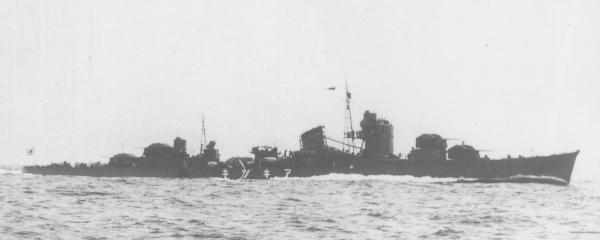|
Momo-class Destroyer
The consisted of four destroyers built for the Imperial Japanese Navy during World War I. As with the previous , all were named after trees. Background The ''Momo''-class destroyers were designed as part of the first phase of the '' Hachi-Hachi Kantai'' program of the Imperial Japanese Navy, at the same time as the large ''Isokaze'' class. With the commissioning of the new high speed battleships and , escort vessels with equally high speed and blue ocean capabilities were required. However, the Japanese Navy could not afford to build many large destroyers, so it was decided to split production between large "1st-class destroyers" (i.e. the ''Isokaze'' class) and new medium-sized "2nd class destroyers" (i.e. the ''Momo'' class). Four vessels were built under the fiscal 1915 budget, with the order split between Maizuru Naval Arsenal and Sasebo Naval Arsenal. Design The ''Momo''-class ships were a scaled-down version of the ''Isokaze'' class and retained many of the innovations in ... [...More Info...] [...Related Items...] OR: [Wikipedia] [Google] [Baidu] |
Maizuru Naval Arsenal
was one of four principal naval shipyards owned and operated by the Imperial Japanese Navy. History The Maizuru Naval District was established at Maizuru, Kyoto Prefecture in 1889, as the fourth of the naval districts responsible for the defense of the Japanese home islands. After the establishment of the navy base, a ship repair facility was established in 1901 with a dry dock. With the addition of equipment and facilities for ship production by 1903, the Maizuru Naval Arsenal was officially established. Additional dry docks were completed in 1904 and 1914. When the No. 3 dry dock was completed in 1914, it was the largest in Japan at the time. In 1923, after the Washington Naval Treaty, there were discussions within the Navy Ministry about closing the facility, and it was largely mothballed until 1936. Afterwards, it reopened and expanded, building ships, aircraft and weapons for the military. It specialized mostly in destroyer-size and smaller vessels. Post WW II In the pos ... [...More Info...] [...Related Items...] OR: [Wikipedia] [Google] [Baidu] |
